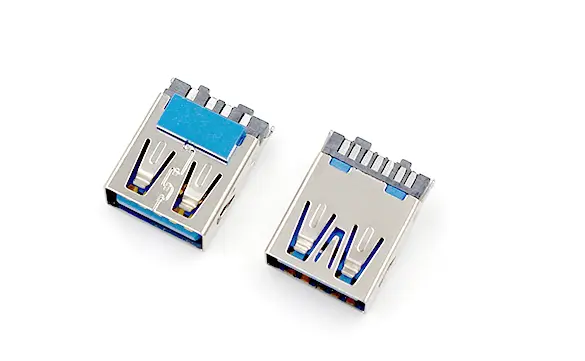How Injection Molding Is Performed
Injection molding is a widely used manufacturing process in the production of plastic parts. It involves injecting molten material into a mold to form a desired shape, which is then cooled and solidified to create the final product. This process is used in a variety of industries, including automotive, aerospace, electronics, and consumer goods. Understanding how injection molding is performed is essential for anyone involved in plastic product design and manufacturing. In this article, we will explore the process of injection molding in detail, including its stages, equipment, and applications.
The Injection Molding Process

The injection molding process consists of several stages, each of which is essential for producing high-quality plastic parts. The first stage is the melting of the plastic material, which is typically done in a hopper or a material cylinder. The material is then heated to its melting point and becomes a molten liquid. Once the material is melted, it is injected into a mold cavity at high pressure using a reciprocating screw or plunger. The material fills the mold, taking on its shape, and then cools and solidifies to create the final part.
The next stage is the ejection of the part from the mold. After the part has cooled and solidified, the mold opens, and the part is ejected using ejector pins or a robotic arm. The part is then trimmed and finished to remove any excess material and improve its appearance and functionality. This stage is crucial for ensuring that the part meets the required specifications and quality standards.
Equipment Used in Injection Molding
Injection molding requires several pieces of equipment to perform the process efficiently and effectively. The primary equipment includes the injection molding machine, mold, and auxiliary equipment such as material dryers, granulators, and conveyors. The injection molding machine is the most critical piece of equipment, as it is responsible for melting the material, injecting it into the mold, and controlling the process parameters. The mold is another essential piece of equipment, as it defines the shape and features of the final part. The mold consists of two halves, the cavity and the core, which are precision-machined to form the desired part.
Auxiliary equipment is used to support the injection molding process and includes material handling, drying, and recycling equipment. Material dryers are used to remove moisture from the plastic material before it is processed, while granulators are used to reduce scrap material into small pellets for recycling. Conveyors are used to transport the material from one part of the process to another, improving efficiency and productivity.
Applications of Injection Molding
Injection molding is used to produce a wide range of plastic parts for various applications. It is commonly used in the automotive industry to manufacture interior and exterior components, such as dashboards, bumpers, and door panels. In the aerospace industry, injection molding is used to produce lightweight, high-strength parts for aircraft and spacecraft. Electronics manufacturers use injection molding to produce casings, connectors, and other components for electronic devices. Consumer goods, such as household appliances, toys, and packaging, also rely on injection molding for the production of plastic parts.
The versatility of injection molding is one of its key advantages, as it can be used to produce complex shapes, thin-walled parts, and parts with intricate details. This makes it an ideal process for producing large volumes of plastic parts at a low cost, making it a popular choice for many industries.
Challenges and Considerations in Injection Molding
While injection molding offers many benefits, there are also challenges and considerations that need to be addressed to ensure successful part production. One of the main challenges is the design of the mold, which must account for factors such as shrinkage, warping, and air traps to produce a high-quality part. The choice of material is another critical consideration, as different materials have different processing requirements and properties that can affect the final part.
Process optimization is essential to achieve consistent part quality and productivity. This includes setting the right processing parameters, such as temperature, pressure, and cooling time, to ensure that the material fills the mold completely and solidifies without defects. Proper maintenance of equipment and molds is also crucial to prevent downtime and ensure the longevity of the injection molding process.
Future Developments in Injection Molding
Research and innovation in injection molding continue to drive advancements in the field, leading to improved processes, materials, and equipment. One area of development is in the use of sustainable materials and processes to reduce the environmental impact of injection molding. This includes the use of biodegradable and recycled materials, as well as energy-efficient equipment and processes.
Advances in technology, such as the use of 3D printing for mold making and the integration of sensors and automation, are also shaping the future of injection molding. These developments are aimed at increasing efficiency, reducing lead times, and enabling the production of more complex and customized parts.
In summary, injection molding is a highly versatile and efficient manufacturing process used to produce a wide range of plastic parts for various industries. Understanding how injection molding is performed, including its stages, equipment, applications, and challenges, is essential for anyone involved in plastic product design and manufacturing. As research and innovation in injection molding continue to advance, the future of the process looks promising, with a focus on sustainability, technology, and process optimization.
+86 13433648351





